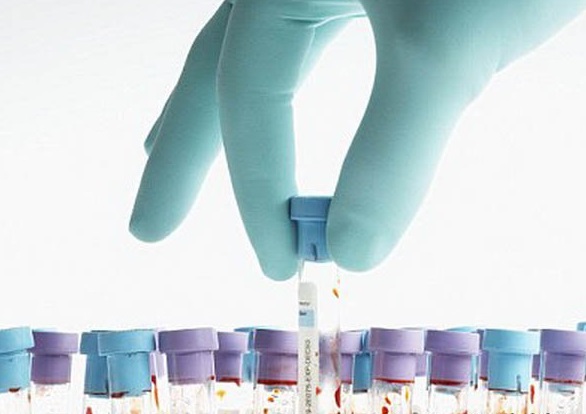Order a callback


Order a call

Order a service
 14.06.2017
14.06.2017
Natural or synthetic food colors are often added to foods and drinks to make them look attractive and appetizing. From the manufacturer's point of view, synthetic dyes have more advantages because they are less sensitive to the conditions of technological processing and storage, produce bright, easily reproducible colors, and also have a low price. However, in addition to the fact that, unlike natural dyes, they do not have biological activity and do not contain any flavoring substances or vitamins, some representatives of synthetic dyes have excessive toxicity, causing cancer. Food additives are substances added for technological purposes to food products during production, packaging, transportation or storage to give them desired properties, for example, a certain aroma (flavors), color (dyes), shelf life (preservatives), taste, consistency and etc. Reports periodically appear in the media that, for example: “E*** additive causes cancer,” allergies or stomach upset and other unpleasant consequences. However, you need to understand that the effect of any chemical substance on the human body depends both on the individual characteristics of the organism and on the amount of the substance. For each additive, as a rule, a permissible daily consumption dose is determined, exceeding which entails negative consequences. For some substances used as food additives, this dose is several milligrams per kilogram of body, for others, tenths of a gram per kg of body.
Currently, a huge number of fortified food products for humans and animal feeds, which are dry multicomponent mixtures, have appeared on the market. The range of such products is quite wide. These are, first of all, biologically active food additives, premixes, feed for animals and birds, and multivitamin preparations. A criterion for the quality of such products may be their analysis of the content of vitamins and, especially, such vital ones as water-soluble and fat-soluble vitamins, the quantity of which is regulated by regulatory documents and sanitary quality standards.
Guided by all of the above considerations, a scientific group was created on the basis of the branch of the RSE at the RSE “National Center of Expertise” in Astana, which deals with the development of new methods for determining allergens, dyes, vitamins in food products.
Various methods are used to determine vitamins. Every year the range of products expands and food production increases, and the recipes for baby food are improved. This, in turn, places increased demands on monitoring the quality of products and improving methods for determining vitamins. Medical and biological requirements and sanitary standards for the quality of food raw materials and food products characterize the nutritional value of most types and groups of baby food products for various purposes. Some people develop hypersensitivity to certain vitamins. Once a vitamin enters the body, the immune system mistakenly identifies it as a harmful substance and creates specific antibodies to fight it. An increased amount of antibodies in the blood leads to the formation of histamine in the soft tissues of the body. Histamine, in turn, causes general allergic symptoms. Allergies to B vitamins are rare, but create great difficulties, since these biologically active substances play an important role in the functioning of the body and are therefore used to treat many diseases. In most cases, an allergic reaction to B vitamins is associated with an overdose due to excessive consumption of certain foods or improper use of medications. An excess of vitamin B1 (thiamine) is considered the most dangerous, because it stimulates the production of acetylcholine, a substance that is involved in the development of allergies. In addition, a negative reaction to thiamine from the immune system can lead to liver and kidney dysfunction. Vitamins B6 and B12 cause allergies much less frequently. Particular attention should be paid to the amount of vitamin B12 consumed. It tends to accumulate in the body, since its half-life is approximately 1.5 years. Allergy to vitamin B can occur even when taken in moderate quantities. Recently, the method of high-performance liquid chromatography has been rapidly developing abroad. This is due, first of all, to the advent of precision liquid chromatographs and the improvement of analysis techniques.
To master food additives using mass spectrometry, scientific literature, foreign articles and dissertations were studied. To determine food dyes, various methods from foreign countries were taken as a basis. Adapted and modified on the basis of the Astana branch.
Thus, the development of methods is currently in the stage of improvement and constant experimentation, which allows the scientific group to realize all its scientific and technical potential in this area. By the end of 2017, it is planned to release at least 5 registered STs of the Republic of Kazakhstan for the further effective operation of the entire laboratory service of the Republic of Kazakhstan.
Taylybaeva A.K., Amanbaev A.A.,
Zeinullina A.A., Zhakupova Zh.Zh.